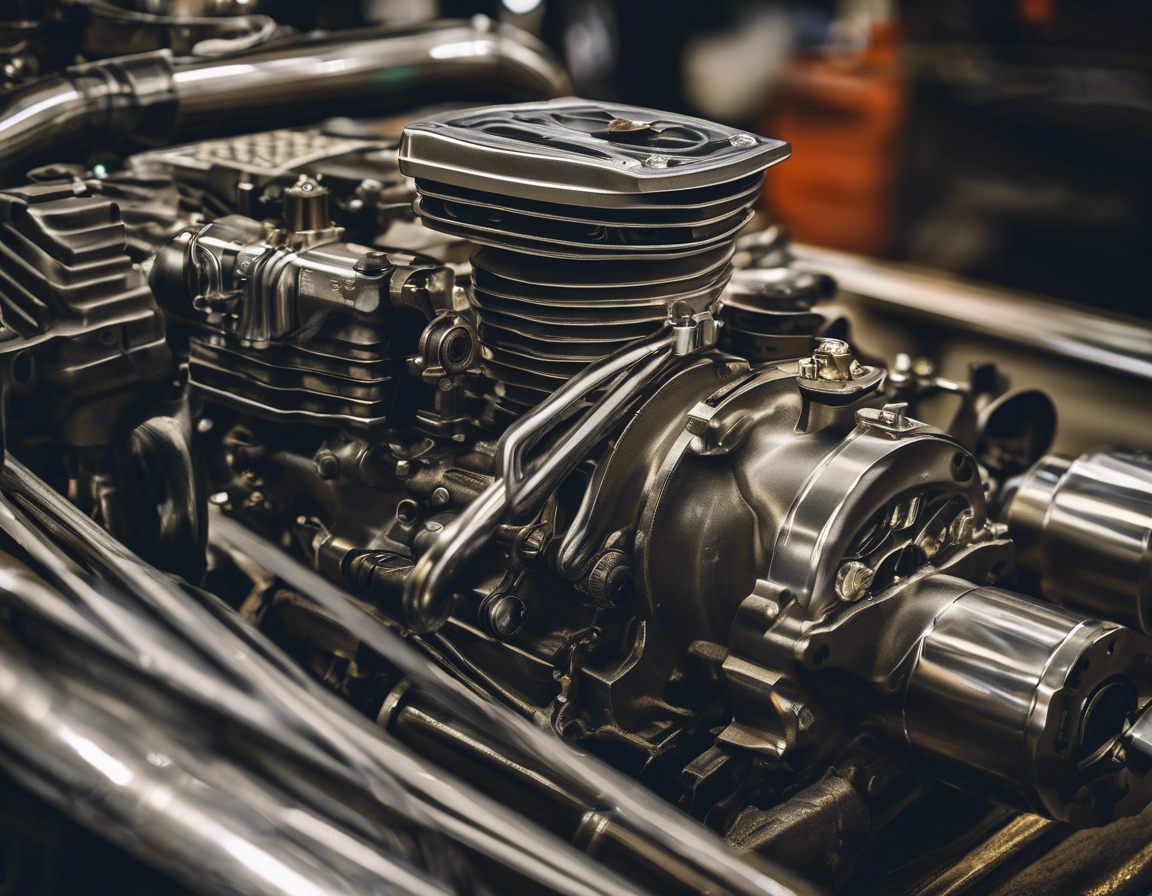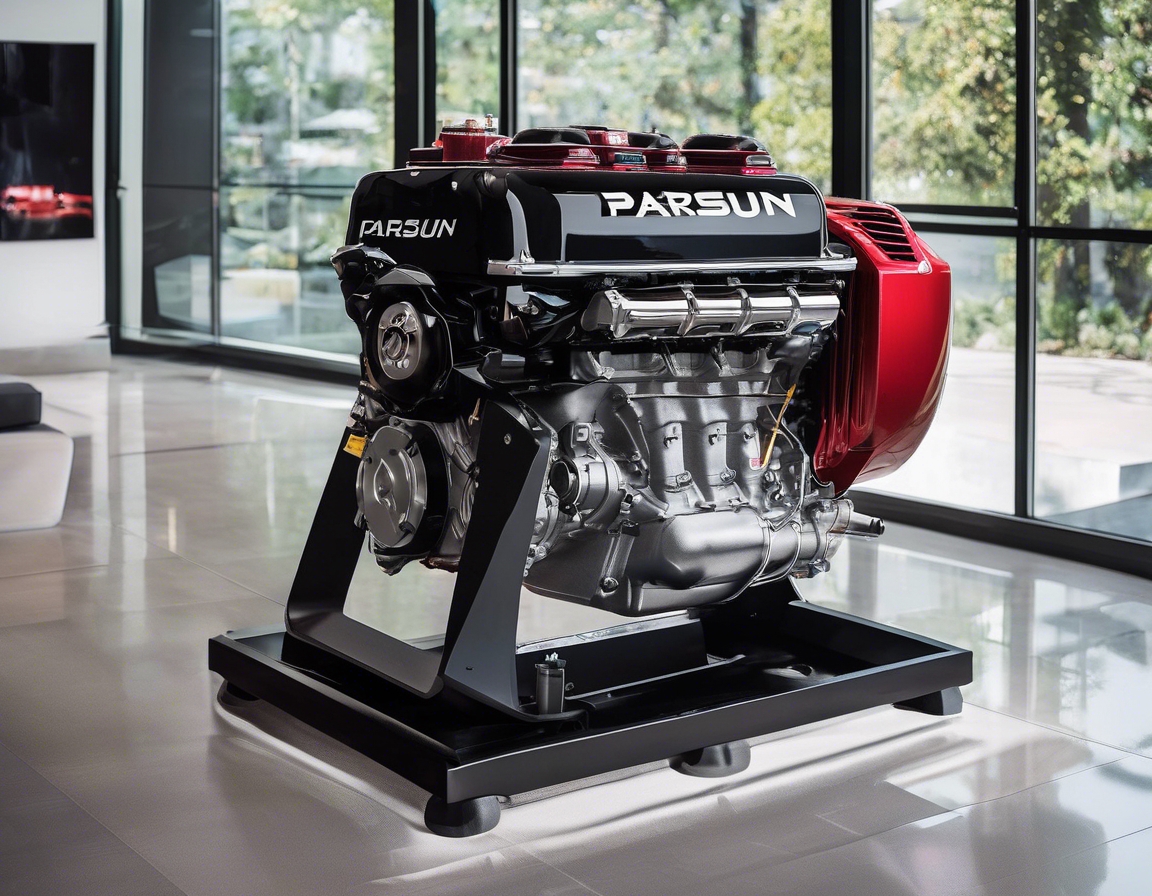The future of industrial sewing equipment
Industrial sewing equipment has been a cornerstone of the manufacturing sector, playing a crucial role in producing textiles, garments, and various other products. As technology advances, the landscape of industrial sewing is evolving, offering new opportunities and challenges for businesses and professionals in the industry.
Current Trends in Industrial Sewing Equipment
Automation is revolutionizing the industrial sewing sector, with robotics playing a significant role in enhancing efficiency and precision. Automated sewing machines are capable of performing complex tasks with minimal human intervention, reducing labor costs and increasing production speed.
As environmental concerns grow, the demand for sustainable and eco-friendly sewing practices is on the rise. Manufacturers are increasingly adopting green technologies and materials to minimize their carbon footprint and meet consumer expectations for environmentally responsible products.
The development of advanced materials, such as high-performance fibers and smart textiles, is driving innovation in industrial sewing equipment. These materials require specialized machinery capable of handling their unique properties, leading to the creation of more sophisticated sewing solutions.
The Role of Digitalization in Sewing Equipment
Smart sewing machines equipped with digital interfaces and software are transforming the industry. These machines offer enhanced functionality, such as pattern recognition and automatic adjustments, allowing for greater precision and customization in sewing operations.
The Internet of Things (IoT) is enabling connectivity between sewing machines and other devices, facilitating real-time monitoring and data analysis. This connectivity allows for predictive maintenance, reducing downtime and improving overall efficiency.
Innovations Shaping the Future
Artificial intelligence and machine learning are poised to revolutionize industrial sewing by enabling machines to learn from data and improve their performance over time. These technologies can optimize sewing processes, reduce errors, and enhance product quality.
3D sewing technology is emerging as a game-changer, allowing for the creation of complex, customized designs with ease. This innovation opens up new possibilities for personalization and bespoke products, catering to the growing demand for unique and tailored solutions.
Challenges and Opportunities
The industrial sewing industry must adapt to changing market demands and consumer expectations, which increasingly prioritize quality, speed, and sustainability. Companies that can innovate and meet these demands will have a competitive edge.
Regulatory and environmental considerations are becoming more stringent, requiring manufacturers to comply with new standards and practices. This presents both challenges and opportunities for companies to differentiate themselves through sustainable practices and compliance.






Comments (0)